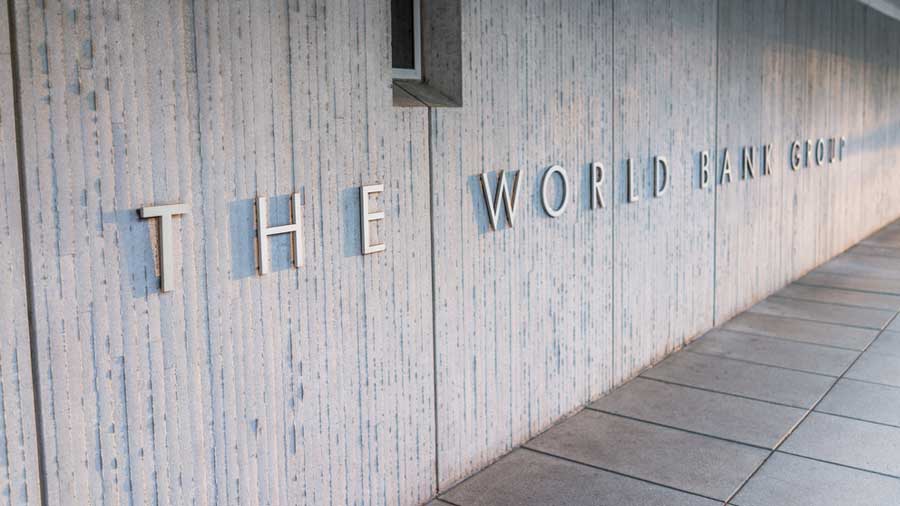The World Bank commodity price outlook report has indicated that 2021 will be a bull run for all commodities in general, after which there will be tapering down in 2022.
Gold will be an exception, which will slow down in 2021.
The interesting facet here is that the prices for most categories will not just be higher than 2020, when there was a tendency for them to decline, but also over 2019 which was the pre-pandemic year.
“However the risk can be any slowdown in the world economy due to the pandemic as that will upset most calculations,” said Care Rating in its research report on the World Bank study.
While the energy prices are expected to average more than one-third higher in 2021 followed by a smaller increase in 2022, the non-energy prices are forecast to increase 19 per cent in 2021 but a modest decline is expected in 2022 as metal price increases partially unwind.
Oil prices are forecast to average $56/ bbl in 2021 and rise to $60/bbl in 2022, broadly in line with their 201719 average. Demand is expected to be firm over 2021 as the economic recovery gains momentum and vaccinations become more widely available, particularly in advanced economies.
Natural gas prices are forecast to average around one-third higher in 2021 compared to 2020, with steeper increases in European prices and a small decline in Japanese contract prices. Price differentials between the three benchmarks are expected to continue to shrink as a result of the growing availability of LNG. Coal prices are expected to rise by around 30 per cent.
Metal prices are projected to average 30 per cent higher in 2021 than last year before easing in 2022. Upside risks to this outlook include further stimulus programs and an intensified drive toward decarbonisation. Downside risks include a resurgence of COVID19 infections and a sooner-than-expected withdrawal of stimulus measures in China.
Aluminium prices are projected to increase by about 29 per cent in 2021, before falling 7 per cent in 2022. Copper prices are projected to average 38 per cent higher in 2021 compared to last year. However, they are expected to drop 12 per cent in 2022 as new supplies materialize. Iron ore prices are projected to increase by 24 per cent in 2021 before dropping considerably in 2022 as Chinese demand stabilizes and new supply comes on stream.
Silver and platinum prices are anticipated to continue to outperform gold in 2021, given the metals’ wider use in industry. Precious metals prices are forecast to fall in 2022 as investment demand recedes. However, higher inflationary expectations could push prices higher, while an unexpected resurgence in the US dollar and intensified selling of safe haven assets could put downward pressure.
Gold prices fell by 4 per cent in 2021 Q1, driven by a drop in financial investment demand due to rising US real yields. Gold prices are expected to average 4 per cent lower in 2021, and ease further in 2022.
Silver prices, in contrast, rose by 8 per cent in 2021Q1 to their highest level in eight years, and were 60 per cent higher than a year earlier. Silver prices are expected to rise by about 22 per cent in 2021 but decline in 2022 as silver faces similar headwinds to gold (rising yields) and substitution in industrial applications
The Grain Price Index is expected to average 14 per cent higher in 2021, followed by a small gain in 2022. Tea prices declined 9 per cent in 2021 Q1 but they are almost 10 per cent higher than a year ago.
Tea prices surged during the pandemic as lockdowns disrupted tea plucking in some regions, especially in India. As restrictions on labour movement eased, tea production increased, in turn pushing tea price down. Prices have been also affected by better than expected supplies from East Africa due to exceptional weather conditions. As supply recovers further, tea prices are expected to decline 7 per cent in 2021 before making a small gain in 2022, it added.










